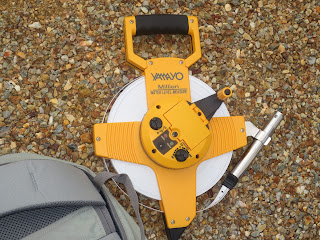Zeolites are widely used in the livestock and agriculture
industries among other uses. In this
article, it discusses the common uses of zeolites in the livestock and
agriculture industries. In the Livestock
Industry, zeolite is purposely used for improving the growth and health of animals
while in the Agriculture Industry, zeolite is used for the purpose of improving
the fertility of the soil for healthy growth of cash crops.
The use of zeolites in the livestock industry is
basically added to the livestock feed which absorb the toxins in the body of
chickens and pigs and finally discharge them out of the body.
Furthermore, the minerals contained in the
zeolites actually promote the growth and health of livestock. That is, zeolites
adsorb the stench of ammonia to improve the environment and also function as
drying aids by virtue of their ability to absorb moisture. Thus, cat litter (litter
for pets) utilize such properties of zeolites for optimum benefits.
In the Agriculture Industry, it utilizes the
properties of zeolites such as the adsorption capability and Base Exchange capability
which prevent the outflow of fertilizers by absorbing the components of fertilizers
as well as improving soils by neutralizing soils containing acids or acidic
soils. Zeolites also have excellent absorption ability and water retention capacity
which make them more effective in preventing either drought or cold weather
impacts of any kind cause by nature.
Estimation of cation exchange capacity of
zeolite is much more difficult as it is closely related with qualities from its
appearance. As such, zeolite powder is not readily distinguished from other
rock powder.
Zeolite is specified as land improvement
material by a Cabinet Order based on the Soil fertility Enhancement Act (Act No.34
of 1984) in order to assure the quality. According to Cabinet Order, the
zeolite must meet the criterion “cation exchange capacity (C.E.C.) per 100 g of
dry matter is 50g or more.”
Moreover, the applications or uses of zeolites
range from water purification for fish farming to pollution prevention
exercises. The water purification for fish farming refers to a function to
adsorb ammonia and hydrogen sulfide in water which produces purified water. In addition to that, zeolites have an effect
of softening hard water to stabilize pH.
Besides water purification for fish farming,
zeolites are also used for pollution prevention in the following fields:
·
Purification of hazardous components
in industrial wastewater.
·
Adsorption treatment of heavy metal
ions from abandoned mines.
·
Removal of heavy metals from plating
waste.
·
Decolourization of waste water from dye
houses.
·
Prevention of eutrophication of
lakes and marshes caused by ammonia nitrogen.
·
Removal of harmful components from
automobile exhaust gas.
The supply of zeolites depends entirely on
clients' demand and off course consumption rate. Supply of zeolites is also
dictated by scale of mining operation and processing.
 |
| Zeolite ore (rock) |
References:
Boiling stone (zeolite), Zeolite
Dynamics, Lecture Notes.
Nouko to Engei (Agriculture and
Horticulture), September 1978.
JACK News
Materials for Zeolite Forum (1989)
Survey by Zeolite Industrial
Association


































